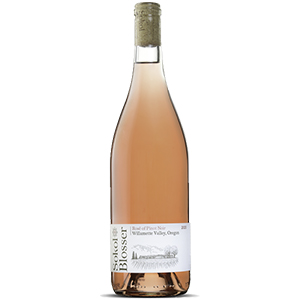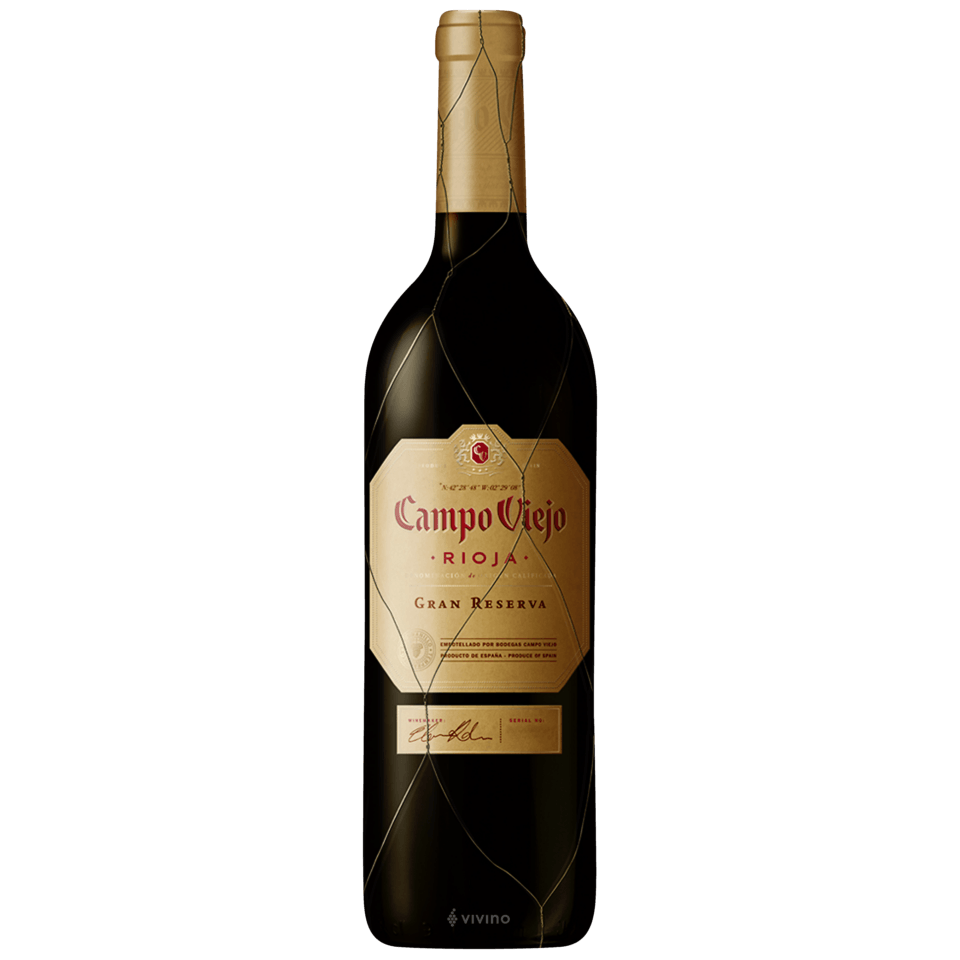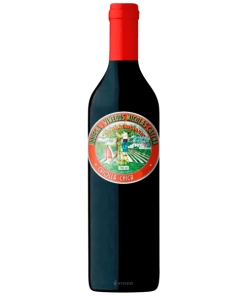2020 Sokol Blosser Rose Of Pinot Noir Estate Cuvee
$19.99
Out of stock
2020 Sokol Blosser Rose Of Pinot Noir Estate Cuvee
2020 Sokol Blosser Rose Of Pinot Noir Estate Cuvee We only use Pinot Noir grapes to produce this classic dry Rosé. We sourced grapes for this wine from vines that have been intentionally farmed to produce more tons per acre than other blocks, thus minimizing the development of overly ripe, juicy flavors, and preventing high phenolics from appearing in the Rosé. Additionally, we harvest the grapes earlier when the acids are higher so we are able to create a bright, delicate style Rosé.
Bursting with fruit notes, our 2020 Rosé of Pinot Noir has notes of peach and strawberry on the nose followed by hints of melon and rose petal. The palate is bright with refreshing berry notes, melon and clean acidity on the finish.
Perfect for all things summer! Dungeness crab cakes, grilled zucchini and asparagus, and the classic brunch staple, eggs Florentine!
Pinot Noir
Pinot Noir is the dominant red wine grape of Burgundy, now adopted (and extensively studied) in wine regions all over the world. The variety’s elusive charm has carried it to all manner of vineyards.
These extend from western Germany (as Spätburgunder) and northern Italy to Chile, South Africa, Australia, New Zealand and the USA. California, Oregon and New Zealand are arguably the greatest centers for the grape outside its home territory. However great Pinot Noir is made in all of these territories.
The essence of Pinot Noir wine is its aroma of red berries and cherry (fresh red cherries in lighter wines and stewed black cherries in weightier examples). Many of the more complex examples show hints of forest floor. Well-built Pinot Noirs, particularly from warmer harvests, suggest leather and violets, sometimes recalling Syrah.
There are two theories regarding the Pinot name. One is that it came about because their bunches are similar in shape to a pine cone (pinot in French).
It may derive, however, from a place name in France such as Pinos or Pignols from where cuttings were obtained. Pignols in the Auvergne, for example, has cultivated Pinot since the Middle Ages.
It was previously believed that Pinot Noir, Pinot Blanc, Pinot Gris, Pinot Meunier, Pinot Précoce (Frühburgunder) et al were members of a “Pinot Family” of distinct grape varieties. But DNA profiling has shown them to share the same genetic fingerprint. Thus, they should properly be considered as mutations or clones of a common variety.
Related products
Pinot Noir
Wines!
Best Sell Rose
91pts Decanter
Rose from Mendoza, Argentina
Wines!
Best Sell Rose
Rose From Malbec. Time For The Beach






